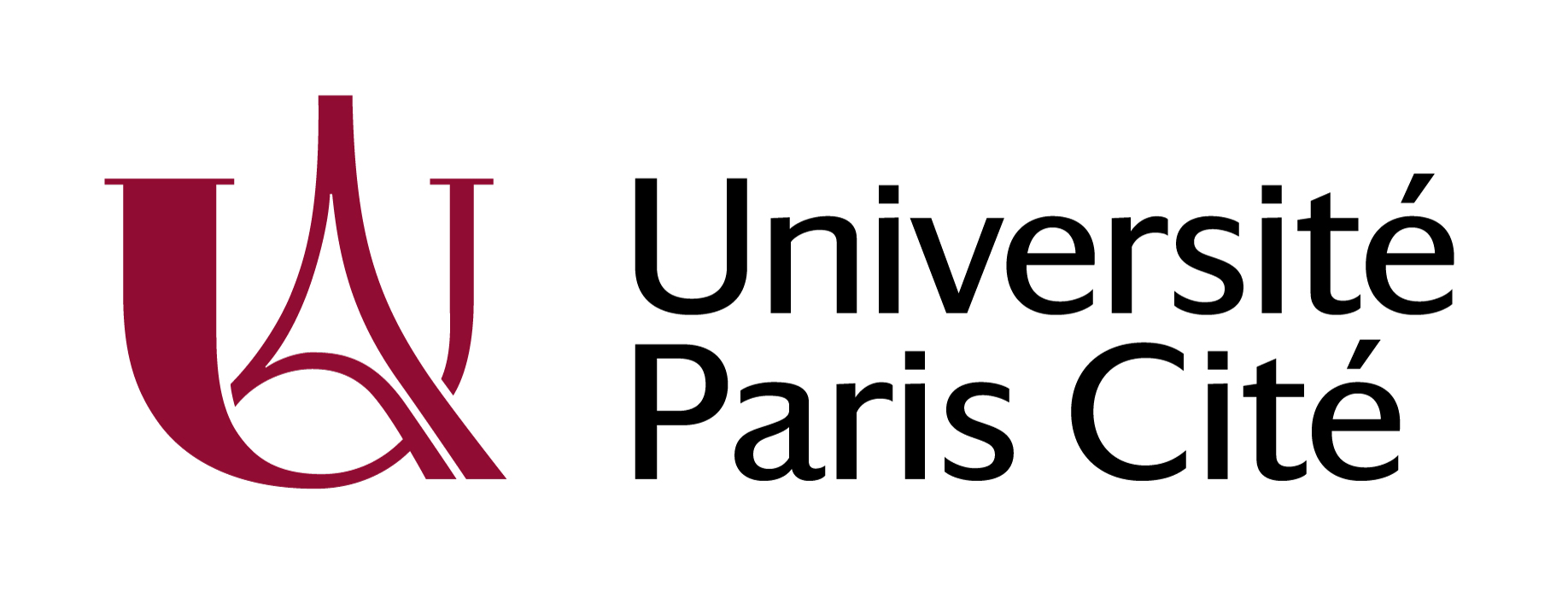Patients with KCNH1 -related intellectual disability without distinctive features of Zimmermann-Laband/Temple-Baraitser syndrome
Résumé
De novo missense variants in KCNH1 encoding Kv10.1 are responsible for two clinically recognisable phenotypes: Temple-Baraitser syndrome (TBS) and Zimmermann-Laband syndrome (ZLS). The clinical overlap between these two syndromes suggests that they belong to a spectrum of KCNH1 -related encephalopathies. Affected patients have severe intellectual disability (ID) with or without epilepsy, hypertrichosis and distinctive features such as gingival hyperplasia and nail hypoplasia/aplasia (present in 20/23 reported cases). We report a series of seven patients with ID and de novo pathogenic KCNH1 variants identified by whole-exome sequencing or an epilepsy gene panel in whom the diagnosis of TBS/ZLS had not been first considered. Four of these variants, p.(Thr294Met), p.(Ala492Asp), p.(Thr493Asn) and p.(Gly496Arg), were located in the transmembrane domains S3 and S6 of Kv10.1 and one, p.(Arg693Gln), in its C-terminal cyclic nucleotide-binding homology domain (CNBHD). Clinical reappraisal by the referring clinical geneticists confirmed the absence of the distinctive gingival and nail features of TBS/ZLS. Our study expands the phenotypical spectrum of KCNH1 -related encephalopathies to individuals with an attenuated extraneurological phenotype preventing a clinical diagnosis of TBS or ZLS. This subtype may be related to recurrent substitutions of the Gly496, suggesting a genotype–phenotype correlation and, possibly, to variants in the CNBHD domain.
Domaines
Sciences du Vivant [q-bio]| Origine | Fichiers produits par l'(les) auteur(s) |
|---|
